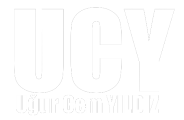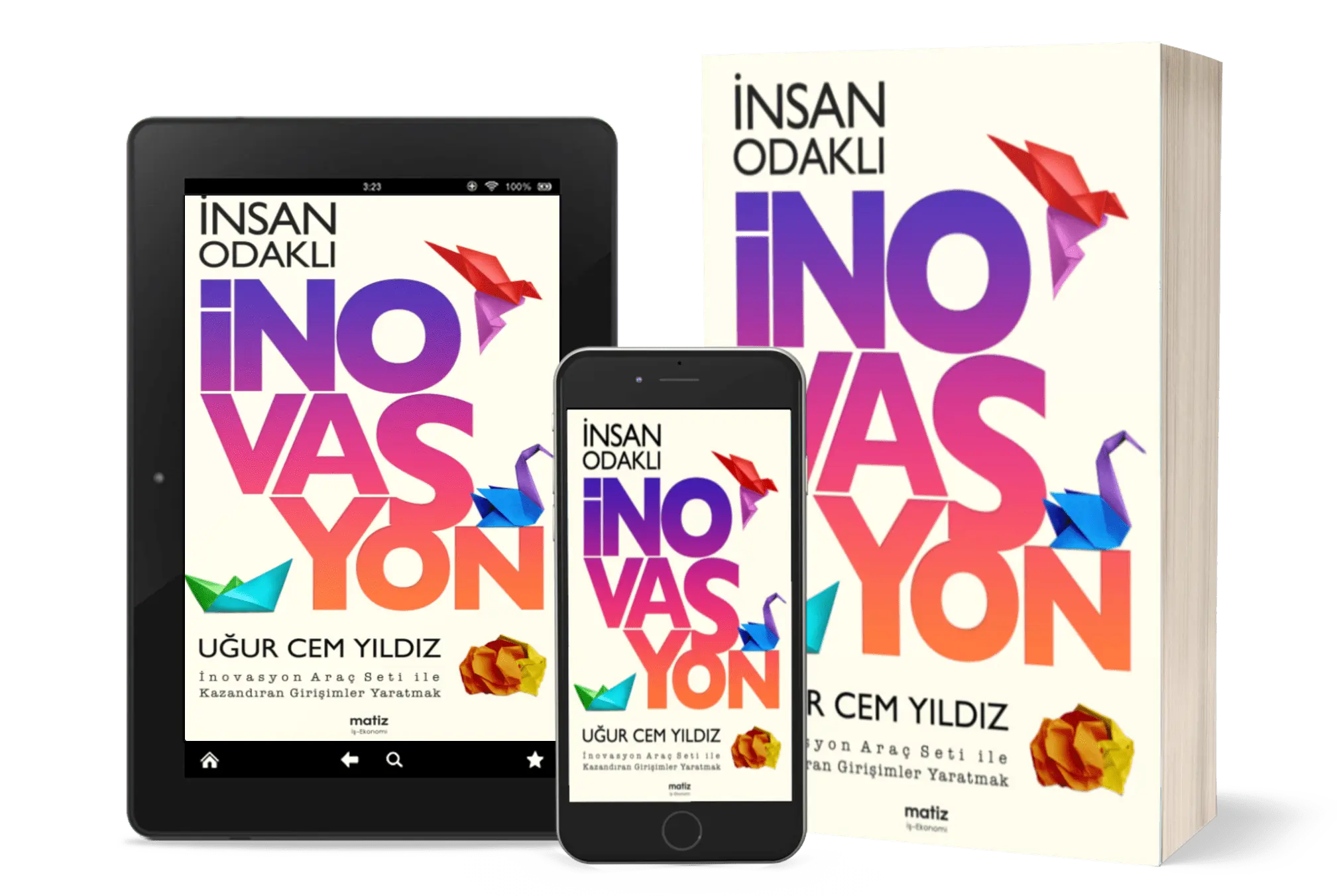This article aims to explain the details of the first phase of the team coaching framework explained in this article.
Initial Contact
Team coaches are often called in by a team leader or someone commissioning the work (the sponsor). This initial contact is the first step of the coaching engagement and is critical in many ways. The coach should ask the right questions to understand the subject, context, team and configure its initial approach to the coaching assignment. However, it is important not to forget that findings of this step must not be imposed to the team. Some useful questions that can be asked at this stage:
- What is the purpose of the team? Who are the suppliers and customers of the team?
- Why do you want a coaching support now? What has led you to this point?
- Whose idea was it? Who else within the stakeholders is in agreement about it?
- Have you had a coaching for this team before? What worked and what could have been better?
- How do you understand team coaching?
- How would you know that this development work had been successful the team’s stakeholders (the team, sponsors, customers …etc)?
- What kind of data regarding important qualities (size, diversity, stability, cohesion etc) of the team is available right now?
- How will the team be able to allocate the time for coaching?
- What are the possible resistance points of the team?
There are some important parameters to consider while designing the coaching engagement:
- Timing: In order to handle complexity properly, team coaching processes take place in multiple sessions over a long time period. And coaching doesn’t end when the sessions end. Teams should continue to work on the coaching subject along their daily lives. Length of each session depends on the team size and the agenda. Intervals between sessions must allow teams some time to realize some of the actions they commit in the previous sessions before coming to the next session. However, the generally accepted rule of thumb in the practitioner world is not to exceed one month.
- Team Size: An important parameter in the team coaching process is the size of the client team. A one-digit size (below 10) is always better. When the size increases, it becomes difficult for the team to work collectively by ensuring active involvement of all members. In order to secure active involvement while coaching large teams, it becomes necessary to divide teams in smaller groups. However, this way of working has some downsides, too.
- Team’s Fabric: Another important parameter is the fabric of the team. What I mean from the fabric is the behavioral character a team presents along the coaching session. This is affected from many things such as personality of team members, organizational climate and culture etc. Team’s fabric can ease or hinder coaching process. For example, having radically varying contribution levels (some members are dominant, some are very quiet) can pose big difficulties to the coach. Coaches must carefully design their interventions in order to address such difficulties.
- Resistance Points: At certain points, for example when there is a big threat around or there are some apparent dissatisfactions, teams become more open to coaching. In any case, whenever a change is intended, some sort of resistance in the status quo almost always appear within both the team and the wider ecosystem. Systems thinking says that every action generates reaction, which tends to offset the action. The coach must consider possible resistance points while designing the coaching intervention.
Wholistic View
It is always recommended to encourage client teams to determine or revise their goals after checking themselves from the perspective of their stakeholders. Stakeholders can be many, including the people who invested in the team, the people who receive and use the output of the team, the bodies who are indirectly affected by the activities or the output of the team, or the team members themselves. Stakeholders also have their own stakeholders. Making a difference for stakeholders pass through enabling them making a difference for theirs. Looking from this perspective can help teams identify valuable goals.
The coach may be asked or may find it necessary to carry out some sort of investigation to help the clients gain more wholistic view about themselves. In this case, the team coach may
- collect relevant formal data (ie: teams past performance)
- have individual semi-structured interviews with team members, stakeholders and domain experts
- use questionnaires to collect perceptions on the team and what is needed.
Interviewing all clients individually before a team coaching assignment is also a good opportunity for develop acquaintance and educating clients about coaching.
Some questions you may want to ask in this phase are outlined below:
- What is the purpose of the team? What does the larger organization expect from the team to deliver? What are the consequences if it doesn’t deliver?
- How do you measure performance? How do you know if the team delivers or not? How much effort are you prepared to put in to make sure that it does deliver?
- How do other people judge the team’s performance? Whose judgement matters most?
- In which way does the team need to change? What should be in the change agenda?
- Is there a genuine desire for change?
- Are there existing conflicts that need to be addressed before tackling the current change agenda?
- Are members ready for open dialogue?
- To what extent does the team understand the coaching process? Is it ready for team coaching?
- What are the risks, if any, of providing team coaching?
- What has the pay-off for team coaching got to be to cover the investment costs of time and imported coaching expertise? How would you measure the pay-off?
Having the coach make the entire inquiry is not a must. Also the team members can take part, for example, by interviewing key stakeholders. Alternatively, stakeholders can participate to some part of the initial coaching sessions and explain their views directly to the team.
After the data gathered from all sources are sorted and analyzed, it must be presented to the clients. The coach must avoid deriving definitive conclusions about the team and imposing them to the team. The coach can synthesize the data and facilitate discussions of the clients to understand the whole picture quickly and develop hypotheses about the current situation.
Sometimes, teams can ignore or devalue some very explicit and important messages of their ecosystems even though these messages are presented to them by the coach. The coach’s sole responsibility is to remind these messages whenever appropriate.
Details of the next phase coming soon!


0 Yorum